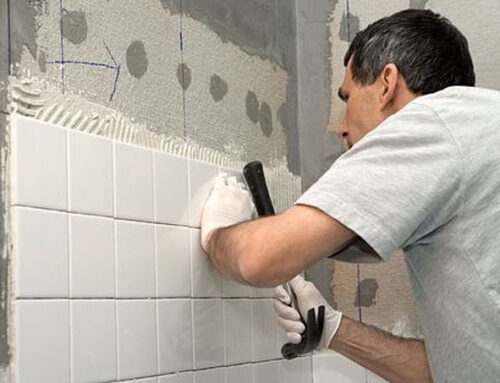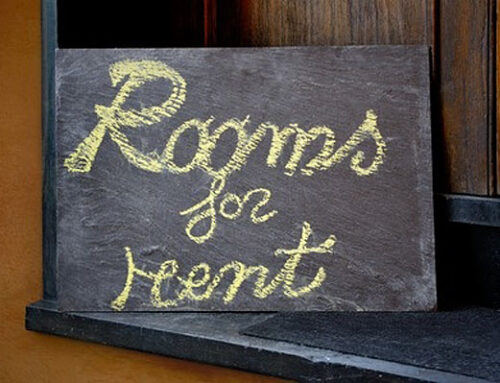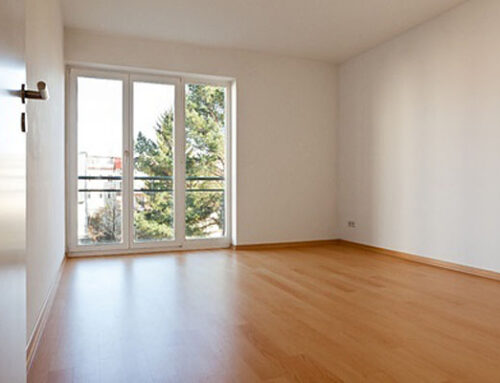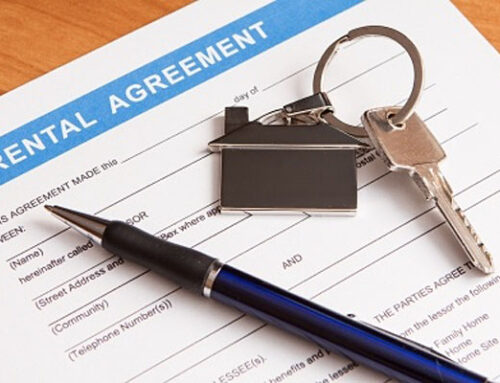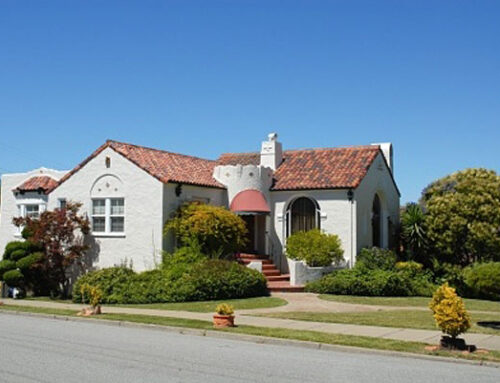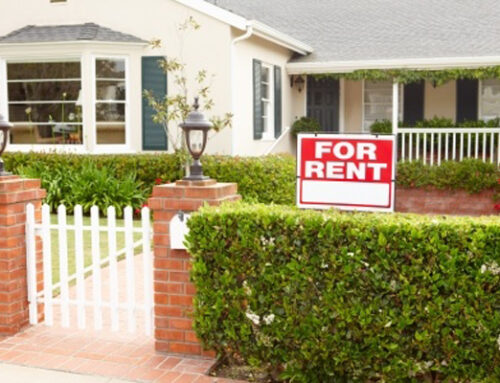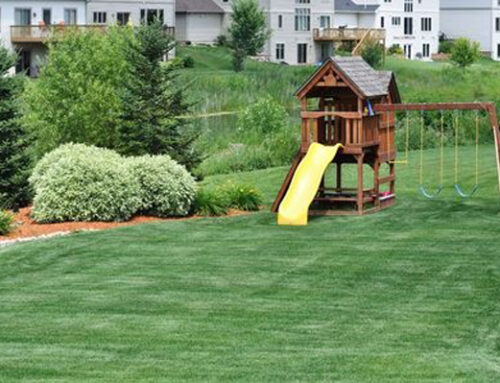When couples decide to start a family, they often look for homes of a size that will comfortable accommodate them and their kids. This is great while everyone is living there, but once the kids move out and it’s just the two parents again, the subject of downsizing often arises – especially when said parents have retired and are living on fixed incomes. Before deciding to move into a smaller home, there are some considerations that need to be taken into account if you really want to know whether or not it makes financial sense.
Moving costs money in packing materials, a truck, helpful hands, etc. All of these costs are going to have to come out of pocket if you’re living on a fixed income, and they can be considerable. Is it really worth digging into your bank account to foot the bill for moving?
What about storage? Over the course of a person’s life, they tend to accumulate a lot of “stuff.” If you move into a smaller home, what are you going to do with the things that aren’t going to fit? Many people choose to put these items into storage, but that’s going to cost you more money. A storage room (or, heaven forbid, two storage rooms) can easily cost 2 to 3-hundred dollars a month. And then there’s the work involved. If you’re the type of person who gets emotionally attached to a lot of things, odds are these things are all over your house; in the closets, crawlspaces, attic, etc. and de-cluttering the place is going to be a ton of work.
Downsizing can indeed save money in the long run, provided that you take into account all of the costs associated with moving and storage. If you have your heart set on a smaller place, odds are you’re going to get one. If you need a smaller place, but lack the energy to move yourself, there are a number of services available that can not only help you de-clutter the home, but they’ll pack and move your things without you ever having to lift a finger. Just know that the easier you want your move to be, the more it’s going to cost.




